Are you interested in learning about different cultures and their histories? Here are the ethnology museums to visit in Baden-Württemberg:

Bauernhaus-Museum Allgäu-Oberschwaben Wolfegg
WolfeggThe Bauernhaus-Museum Allgäu-Oberschwaben Wolfegg, located in Wolfegg in the Ravensburg district, is a unique open-air museum that showcases over twenty historical buildings from Upper Swabia and the Württemberg Allgäu. These buildings are spread across a 12-hectare site, which also houses a variety of farm animals. This provides visitors with a comprehensive insight into the region's rural history and culture.
Hohenloher Freilandmuseum
Schwäbisch HallThe Hohenloher Freilandmuseum Wackershofen is a regional open-air museum located in the hamlet of Wackershofen, part of Schwäbisch Hall. Opened in 1983, the museum showcases old buildings from the northeast of Baden-Württemberg, primarily from the districts of Hohenlohe and Schwäbisch Hall. It also features structures from the Main-Tauber district, the Heilbronn district, the Rems-Murr and Ostalbkreis, as well as the districts of Heidenheim and Ludwigsburg.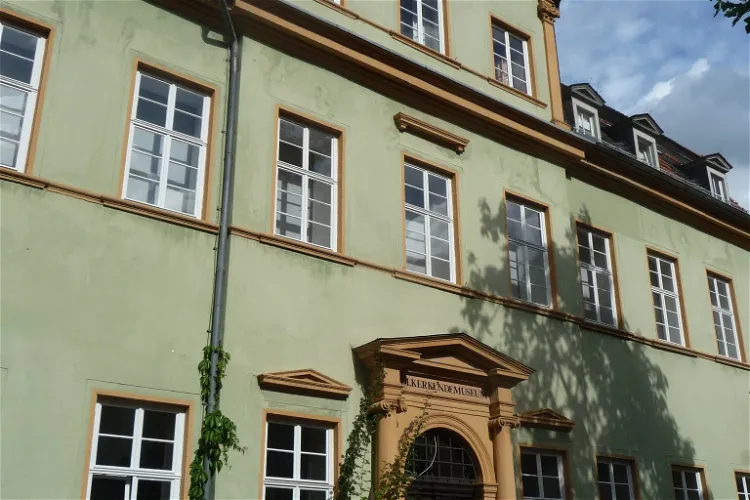
Völkerkundemuseum
HeidelbergThe Völkerkundemuseum in Heidelberg, part of the J. and E. von Portheim Foundation, is home to a diverse range of collections. These collections focus on the religion, art, and everyday life of the regions of Asia, Africa, and Oceania. This provides visitors with a unique opportunity to explore and understand the cultural diversity of these regions.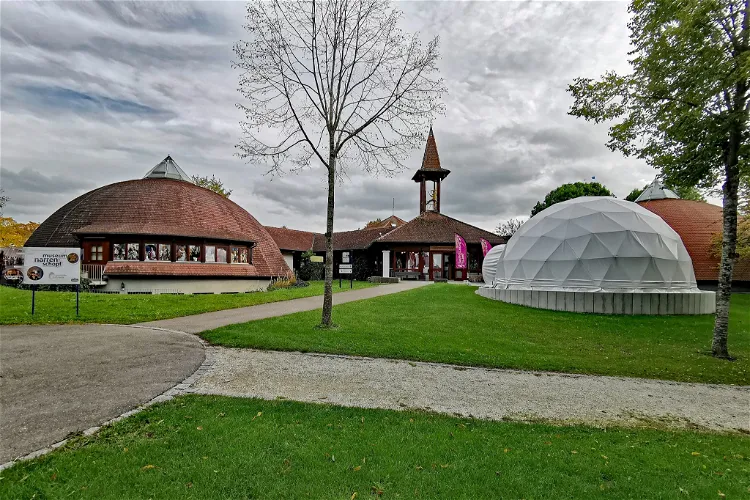
Fastnachtsmusem Narrenschopf Bad Dürrheim
Bad DürrheimThe Narrenschopf, located in Bad Dürrheim, is a museum dedicated to the Swabian-Alemannic carnival tradition. This unique cultural institution first opened its doors to the public on May 5, 1973.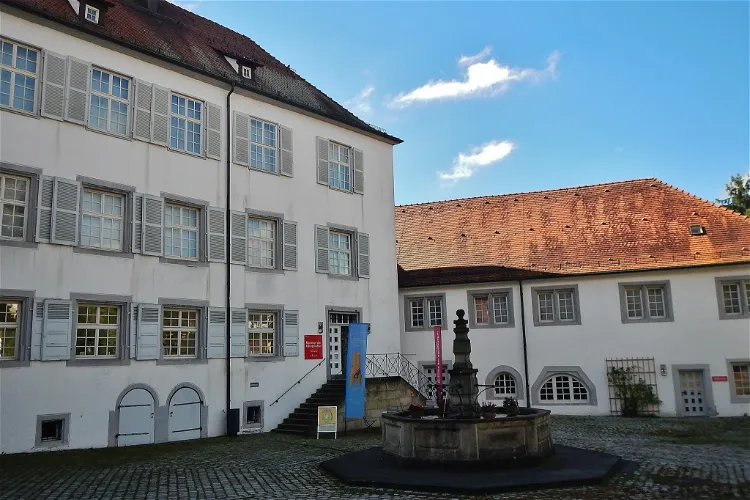
Museum of everyday culture
WaldenbuchThe Museum of Everyday Culture, located in Waldenbuch, Germany, is a significant branch of the Landesmuseum Württemberg. This museum is dedicated to cultural history, showcasing a wide range of topics from traditional folk art to modern pop culture. It is one of the most important museums of folk culture in Germany, making it a worthwhile destination for those interested in understanding the cultural evolution of the region.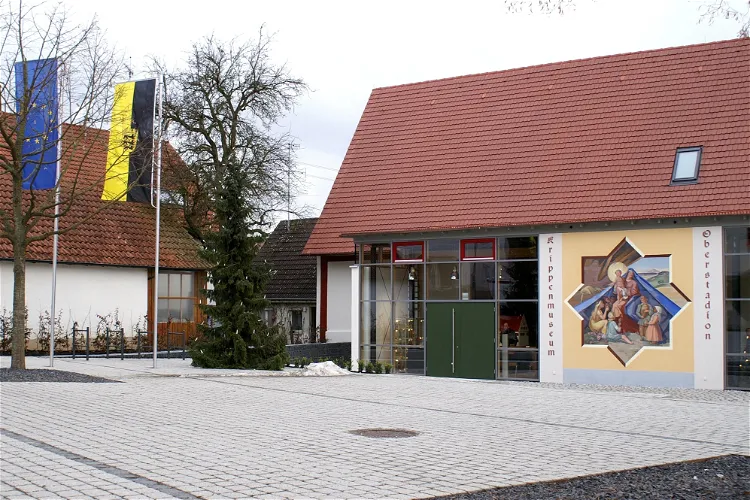
Krippenmuseum Oberstadion
OberstadionThe Krippenmuseum in Oberstadion, situated in the Alb-Donau-Kreis, is home to one of the largest collections of nativity scenes in Germany. The museum, spread over 600 square meters, houses over 160 nativity scenes, making it a significant destination for those interested in this unique form of art.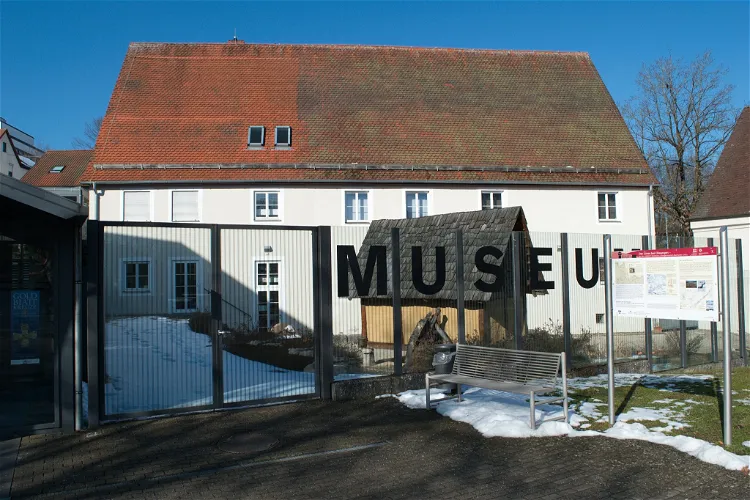
Alamannenmuseum Ellwangen
Ellwangen (Jagst)The Alamannenmuseum Ellwangen, which was inaugurated in 2001, offers a comprehensive insight into 500 years of Alamannic history from the early Middle Ages. The museum's collection includes archaeological finds from all over southern Germany, providing a vivid overview of the region's past. This makes it an interesting destination for those interested in history and archaeology.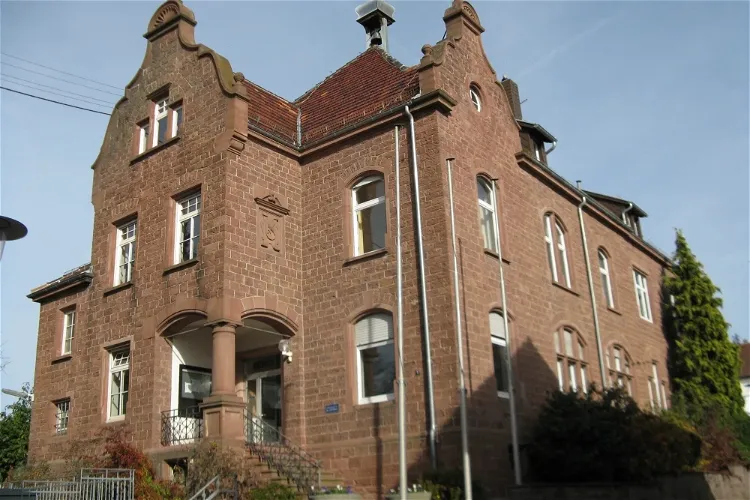
Badisches School Museum Karlsruhe
KarlsruheThe Badisches Schulmuseum, situated in the Waldenserschule in the Palmbach district of Karlsruhe, offers a unique insight into the history of education in the region. Operated by the Badisches Schulmuseum Karlsruhe e.V. association, the museum is a testament to the evolution of learning and teaching methods over the years.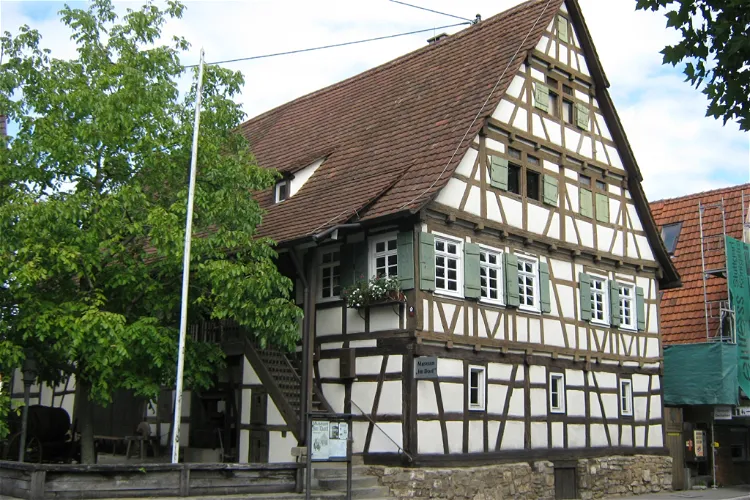
Reutlingen city museum
ReutlingenThe Reutlingen City Museum is located in the Königsbronner Hof, a restored half-timbered house in the old town of Reutlingen. This building, which is under monument protection, is one of the oldest existing structures in the city. It was built in 1278 as a stone house and was expanded with a half-timbered extension in 1537. The building's rich history and architectural significance add to the overall experience of visiting the museum.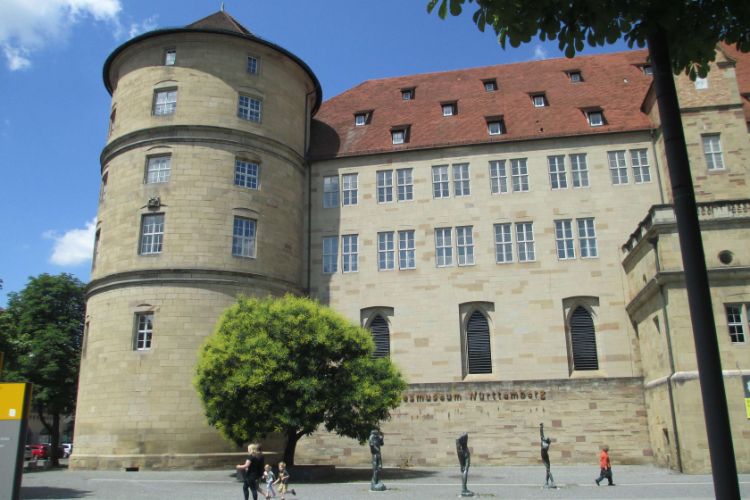
Wurttemberg State Museum in Old Castle
StuttgartThe Landesmuseum Württemberg (Württemberg State Museum) in Stuttgart was founded in 1862 by Wilhelm I. König von Württemberg. Its origin dates back to the 16th century. Back in the Kunstkammer, the dukes collected everything that was rare, precious and unusual. The museum's mission is to depict Germ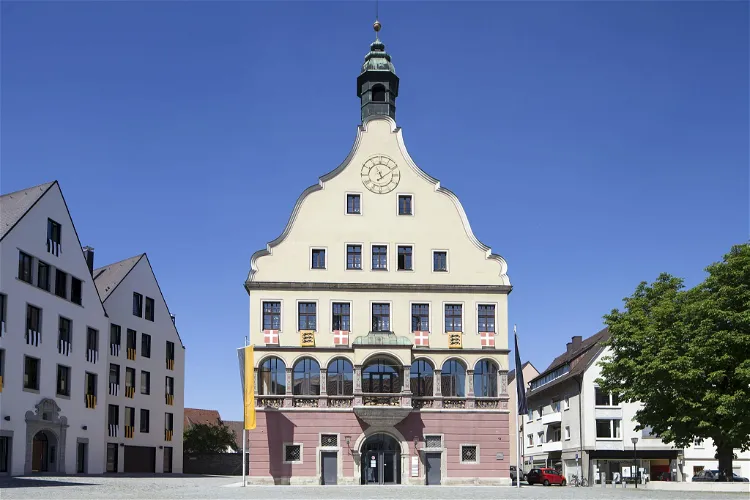
Haus der Stadtgeschichte
UlmIn addition to its role as an archive, the Haus der Stadtgeschichte – Stadtarchiv Ulm is also a cultural institution. Its mission is to raise awareness of the city's history and foster a culture of remembrance. It serves as a central point of contact for research into the city's history and is often referred to as the 'memory of the city'.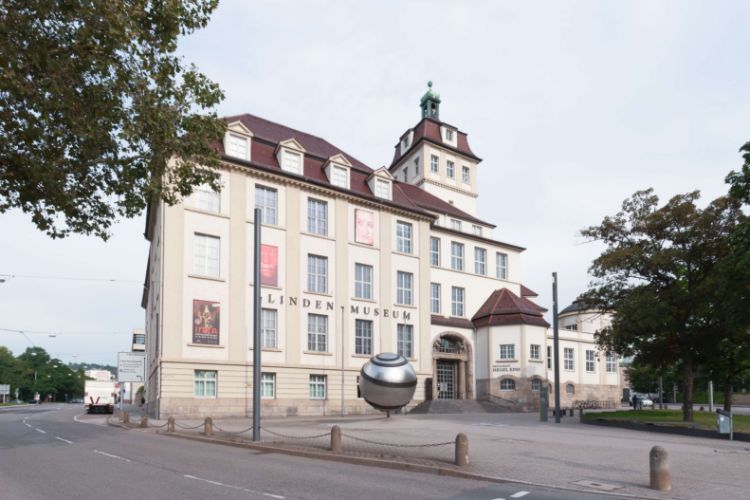
Linden Museum - Museum fur Völkerkunde
StuttgartThe The Linden Museum is an ethnological museum in Stuttgart that holds and exhibits a collection of cultural artifacts from around the world, including South and Southeast Asia, Africa, the Islamic world from the Near East to Pakistan, China and Japan, and North and Latin America and Oceania. The L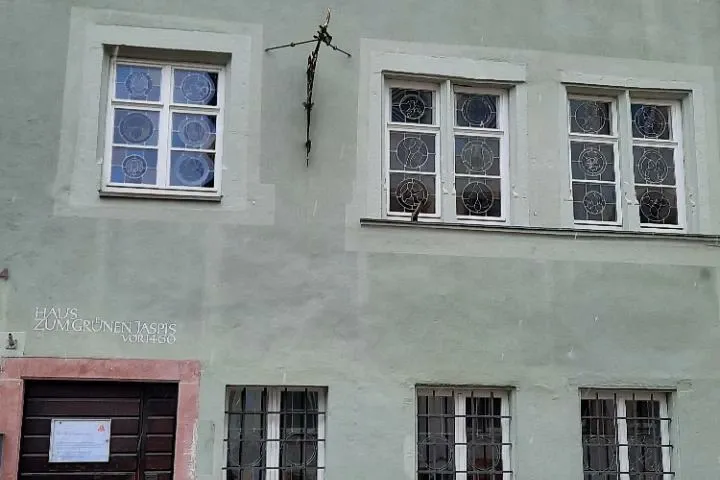
Fasnetmuseum
Freiburg im BreisgauThe Breisgauer Narrenzunft Freiburg (BNZ) is a significant organization in Freiburg im Breisgau, serving as the umbrella organization for 34 carnival guilds and the Men's Carnival Council of the Swabian-Alemannic carnival. This organization plays a crucial role in maintaining and promoting the local carnival traditions.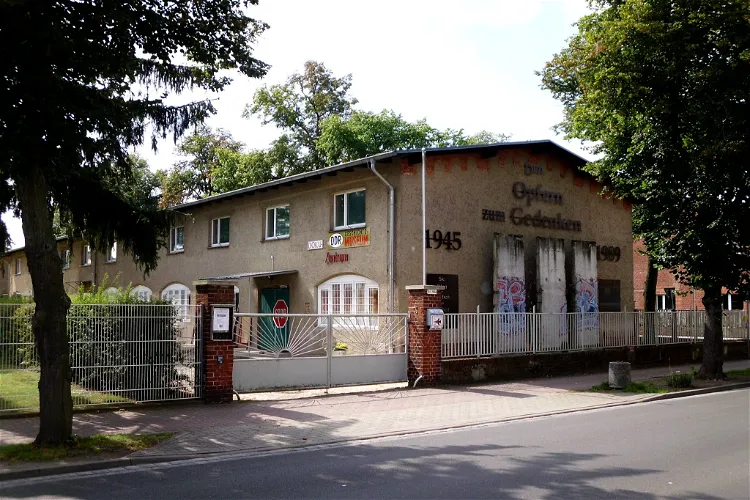
DDR Museum Pforzheim
PforzheimThe DDR Museum Pforzheim, established in 1998, is a testament to the life and times of East Germany before 1990. The museum was founded by Klaus Knabe, who, along with his wife, moved to the West shortly before the construction of the Berlin Wall in 1961. Knabe collected everyday objects and other DDR items, providing a comprehensive picture of the East German state. These items were initially stored in an attic until the city of Pforzheim provided him with a former kindergarten of the French garrison.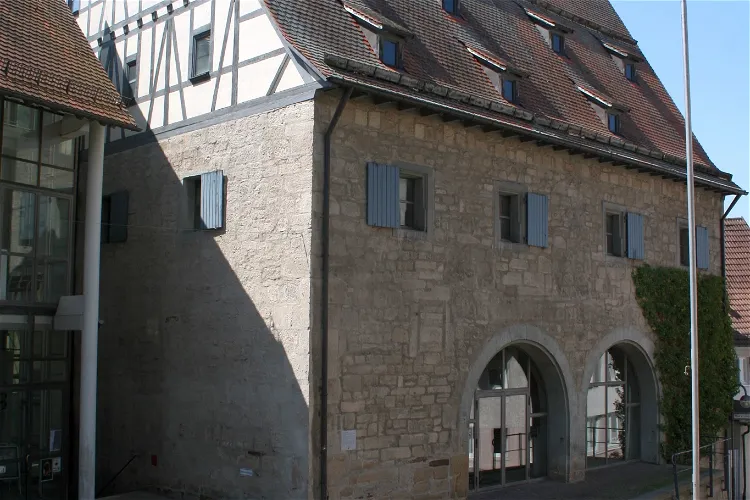
Deutsches Bauernkriegsmuseum Böblingen
BöblingenThe exhibition at the Deutsches Bauernkriegsmuseum Böblingen documents the protest marches and mass uprisings of the peasants. A significant focus is placed on the Böblingen decision battle of May 12, 1525, where the peasants were defeated. This provides a detailed historical account of the events, offering visitors a deep understanding of the peasant wars in Germany.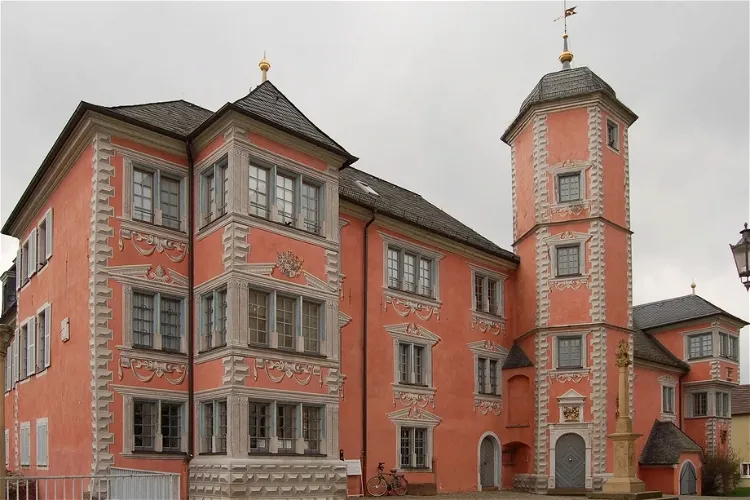
Lobdengau-Museum
LadenburgThe Lobdengau-Museum is situated in the town of Ladenburg, within the Rhein-Neckar-Kreis district. The museum is housed in the former Bishop's Palace, which was once the residence of the Prince-Bishops of Worms. This historical setting adds a unique charm to the museum, making it an interesting destination for tourists interested in history and architecture.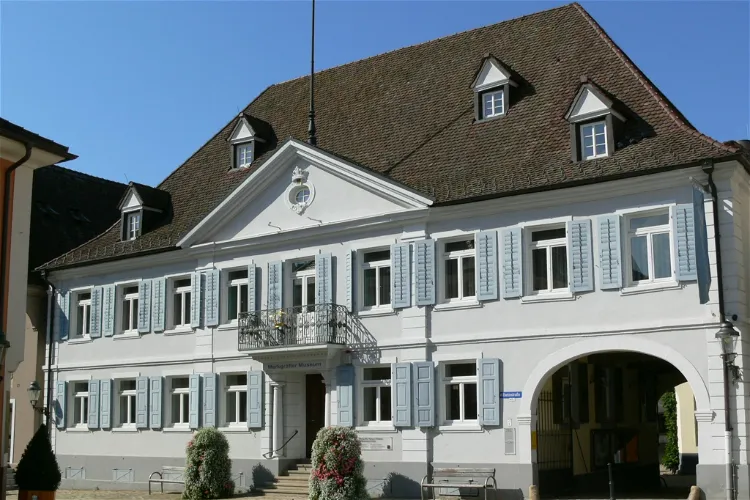
Markgräfler Museum Müllheim
Müllheim im MarkgräflerlandThe Markgräfler Museum is a regional museum located in Müllheim in the Markgräflerland, a city within the district of Breisgau-Hochschwarzwald in Baden-Württemberg, Germany. It is the largest museum between Freiburg im Breisgau and the agglomeration of Basel Lörrach in the tri-border area. The museum has two locations: the Blankenhorn Palace and the Frick Mill.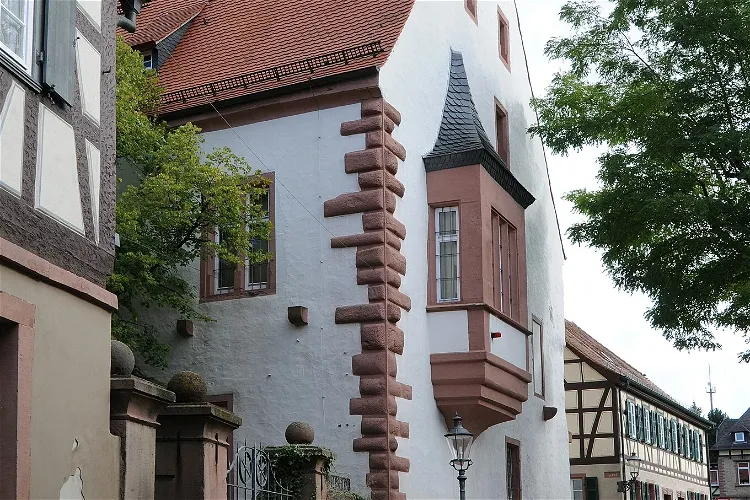
Bezirksmuseum Buchen
Buchen (Odenwald)The Bezirksmuseum Buchen was founded by Karl Trunzer, a teacher who had a passion for collecting folk art from the Odenwald region. His collection forms the basis of the museum's exhibits, providing visitors with a unique insight into the region's folk art traditions.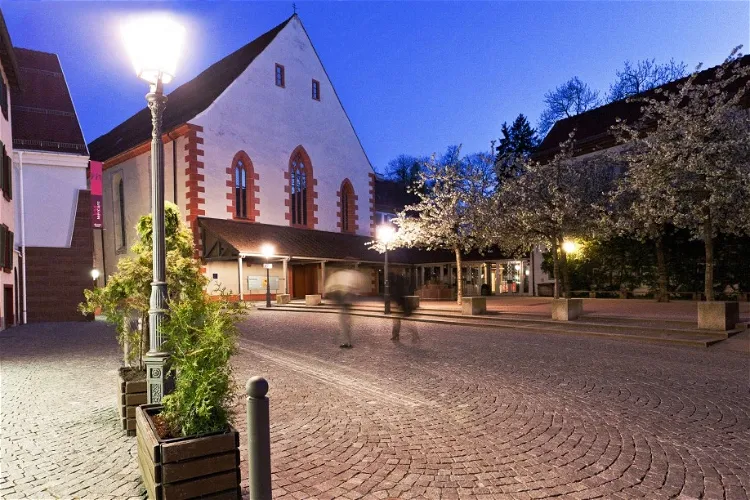
Franziskanermuseum
Villingen-SchwenningenThe Franziskanermuseum, situated in the former Franciscan monastery in Villingen-Schwenningen, is a cultural-historical museum. It offers a comprehensive insight into the city's history from its beginnings to the present day. Additionally, it provides a deep dive into the folklore of the Black Forest and the Celtic princely tomb Magdalenenberg. This museum is a great place for tourists interested in history, culture, and folklore.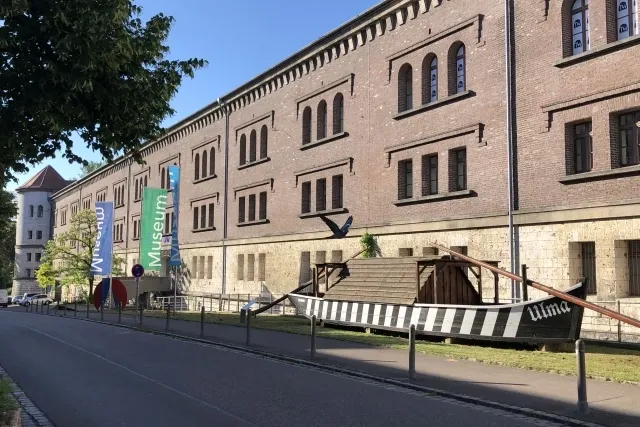
Danube Swabian Central Museum
UlmThe Danube Swabian Central Museum (DZM) in Ulm is a unique institution that provides a comprehensive and scientific representation of the history of the Danube Swabians from the late 17th century to the present. The museum's exhibitions, both permanent and special, delve into the culture and everyday life of this German minority in the multiethnic settlement areas along the middle course of the Danube in the Pannonian Lowlands.
House of History Baden-Württemberg
StuttgartThe House of History Baden-Württemberg is a history museum in Stuttgart. The permanent exhibition of the House of History is divided into three parts. In the entrance area, 26 items are on display that are considered typical of Baden-Württemberg, one for each letter of the alphabet. The second part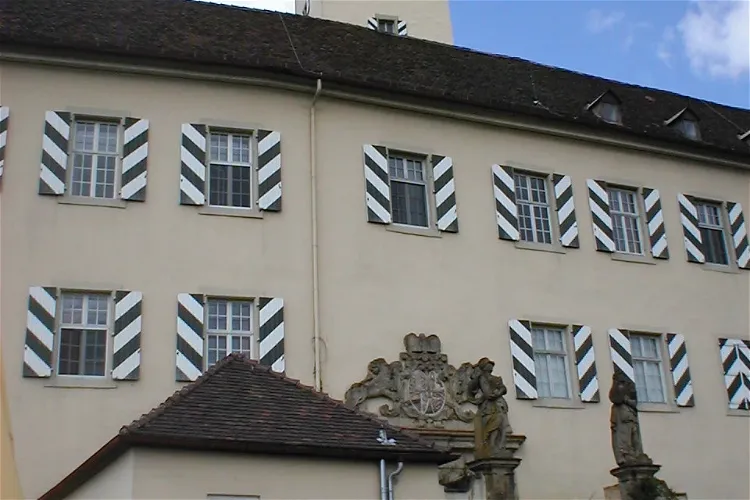
Transylvanian Museum
GundelsheimThe Transylvanian Museum, located in Gundelsheim, Germany, is a unique institution dedicated to the preservation and documentation of the cultural heritage of the Transylvanian Saxons. This includes their coexistence with other ethnic groups in the multi-ethnic region of Transylvania. The museum provides a comprehensive insight into the history, social system, rituals, education system, and rural and urban life of the Transylvanian Saxons.
Heimatmuseum Schwarzes Tor
St. Georgen im SchwarzwaldThe Heimatmuseum “Schwarzes Tor” in Sankt Georgen in the Black Forest is a unique museum that offers visitors a chance to step back in time. Housed in an original Black Forest farmhouse from the 19th century, the museum provides a glimpse into the life and times of the people who lived there during that period. The museum is located in the city center of Sankt Georgen, making it easily accessible for tourists.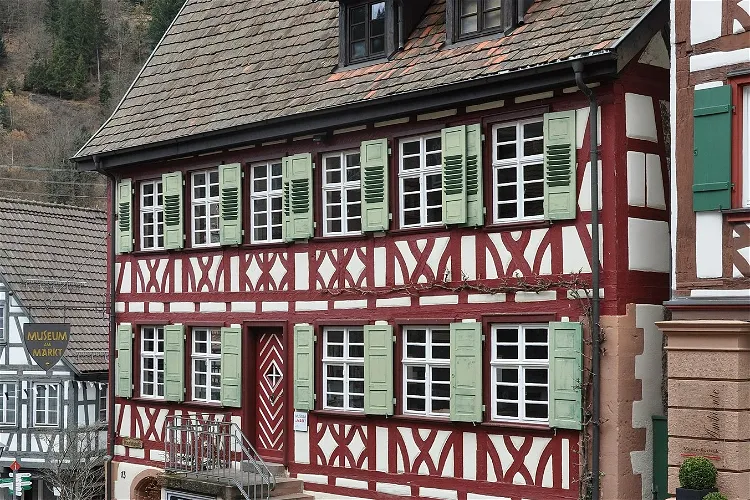
Museum am Markt
SchiltachThe Museum am Markt is situated in the historic marketplace of Schiltach, a town nestled in the Black Forest region of Baden-Württemberg. This location offers visitors a chance to explore the museum within the context of the town's rich history and picturesque surroundings.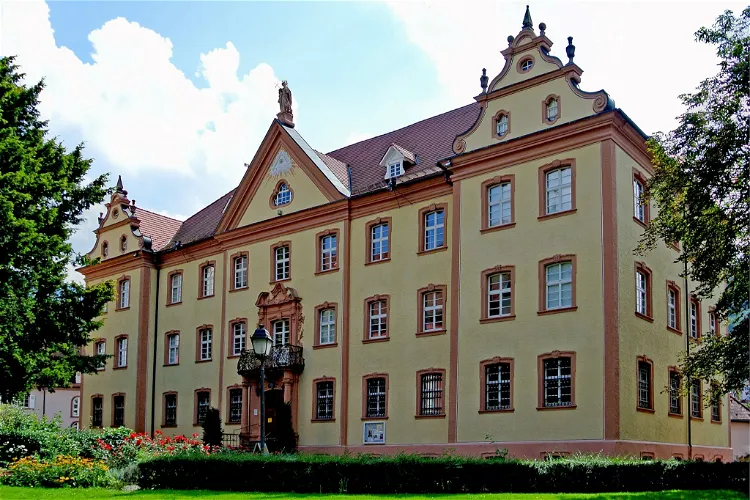
Elztalmuseum Waldkirch
WaldkirchThe Elztalmuseum, located in Waldkirch, Baden-Württemberg, Germany, is a museum that was opened in 1985. It primarily focuses on the history of the region, providing visitors with a comprehensive understanding of the area's past.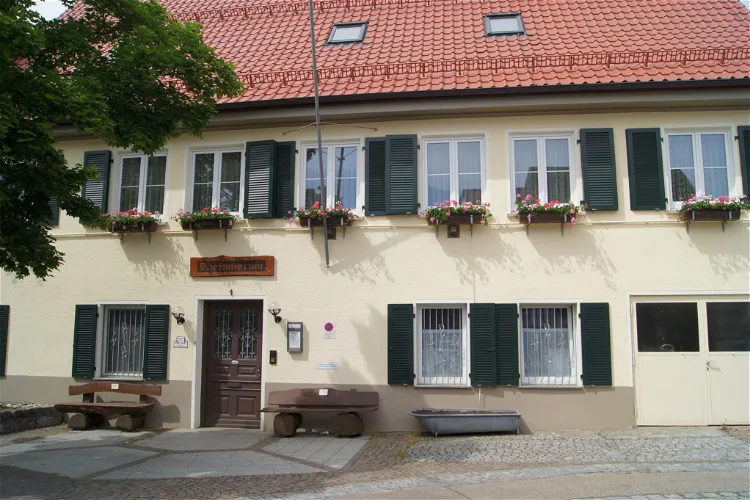
Dorfmuseum Essingen
EssingenThe Dorfmuseum Essingen is a museum dedicated to the village and local history of the Essingen area in the Ostalbkreis in Baden-Württemberg. It provides a comprehensive insight into the historical development and cultural heritage of the region. Visitors can explore various exhibits that depict the life and times of the local community over the centuries.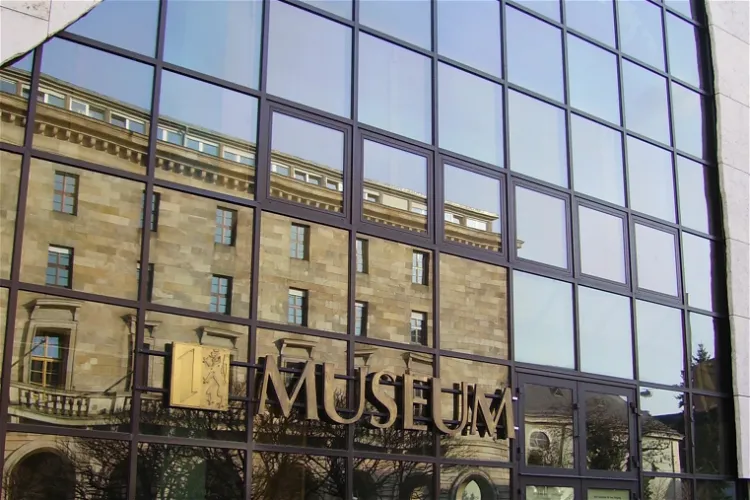
Reiss Engelhorn Museum
MannheimThe Reiss Engelhorn Museum, also known as Reiss-Engelhorn-Museen (rem), is a significant cultural institution located in Mannheim, Germany. The museum boasts an expansive exhibition area of 11,300 square metres and is home to an impressive collection of around 1.2 million objects. This vast collection makes it one of the major museums in the region.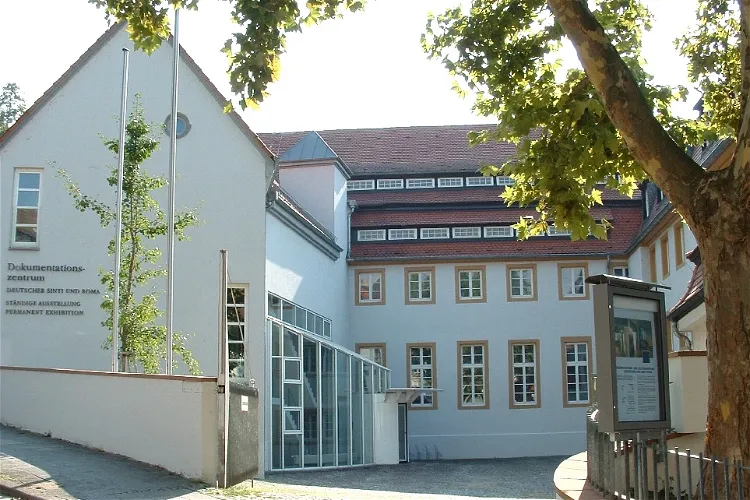
Documentation and Cultural Center of German Sinti and Roma
HeidelbergThe Documentation and Cultural Center of German Sinti and Roma is housed in a historic, protected merchant building from the 18th century. It is located in the old town of Heidelberg, slightly below the famous Heidelberg Castle. The location itself is steeped in history, adding to the overall experience of the visit.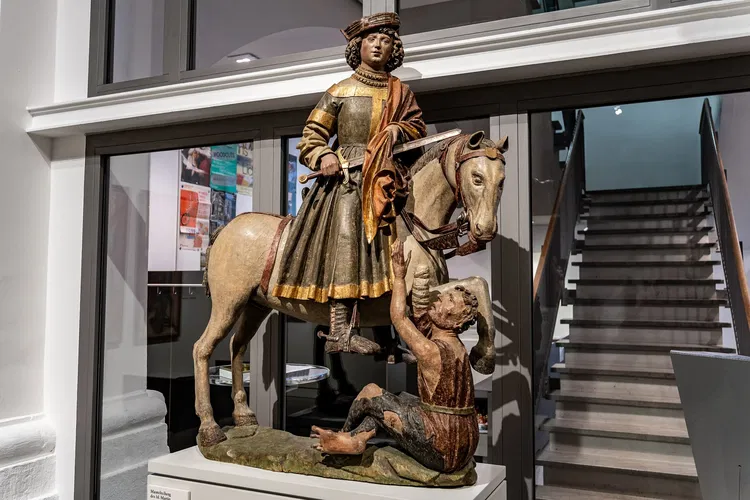
Diözesanmuseum Rottenburg
Rottenburg am NeckarThe Diözesanmuseum Rottenburg, located in Rottenburg am Neckar, holds the distinction of being one of the oldest diocesan museums in Germany. It was established in the year 1862 by Bishop Josef von Lipp. This historical significance adds a layer of depth to the museum's appeal, offering visitors a chance to explore a piece of Germany's rich cultural heritage.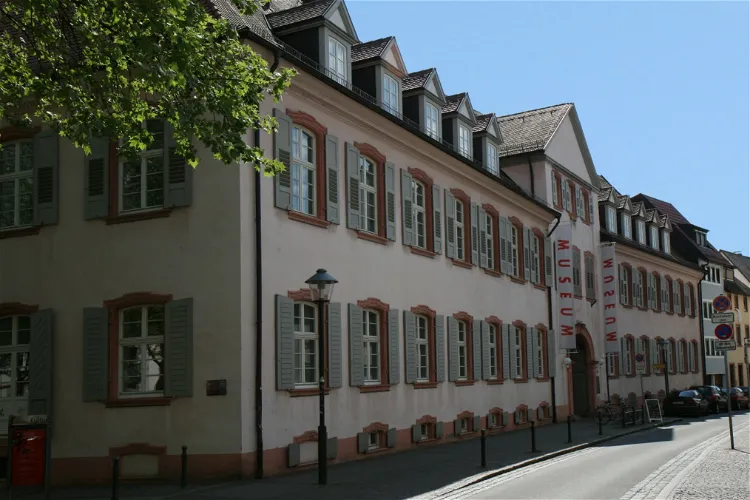
Museum Ritterhaus
OffenburgThe Museum im Ritterhaus, located in Offenburg, Baden-Württemberg, is a historical institution that was inaugurated in 1900. It was originally established by Carl Frowin Mayer as a 'Museum for Natural and Ethnology'. This museum offers a deep dive into the natural and ethnological aspects of the region, making it a fascinating destination for those interested in these fields.
Museum zur Geschichte von Christen und Juden
LaupheimThe Museum zur Geschichte von Christen und Juden in Laupheim is a unique institution that explores the two-century-long coexistence of Jews and Christians in the city. Located in the district of Biberach in Upper Swabia, the museum provides a deep dive into the shared history and culture of these two communities. It offers a chance to understand the complexities of their relationship and the impact of their coexistence on the city's development.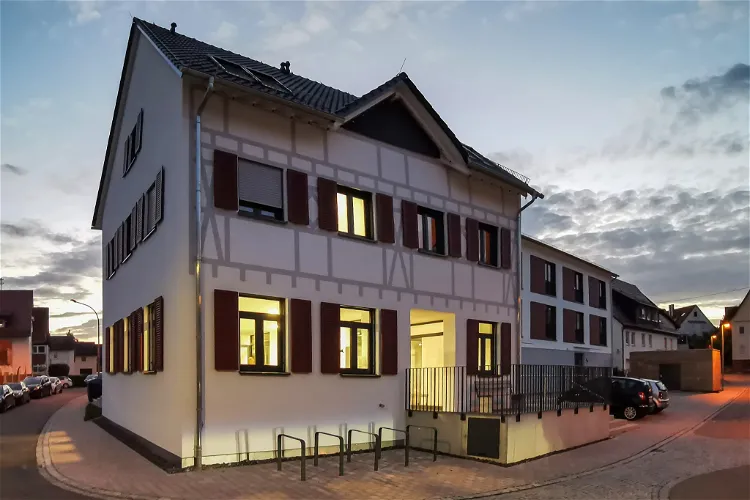
Steinzeitmuseum Korb-Kleinheppach
KorbThe Steinzeitmuseum Korb-Kleinheppach is a museum situated in Kleinheppach, a part of the municipality of Korb in the Rems-Murr district. It is home to one of the most significant private collections of Stone Age artifacts in Baden-Württemberg. The museum's collection is primarily composed of findings from amateur researcher Eugen Reinhard, whose discoveries mostly come from the vicinity of the museum.- 33
Museum im Ursula-Stift
GussenstadtThe Museum im Ursula-Stift in Gussenstadt holds the distinction of being the oldest museum of its kind in Württemberg. It was established in 1911 by Dr. phil. h. c. Georg Thierer, who is also the author of the two-volume local chronicle of Gussenstadt. This historical significance adds a layer of depth to the museum's exhibits, making it a fascinating destination for those interested in the region's history. 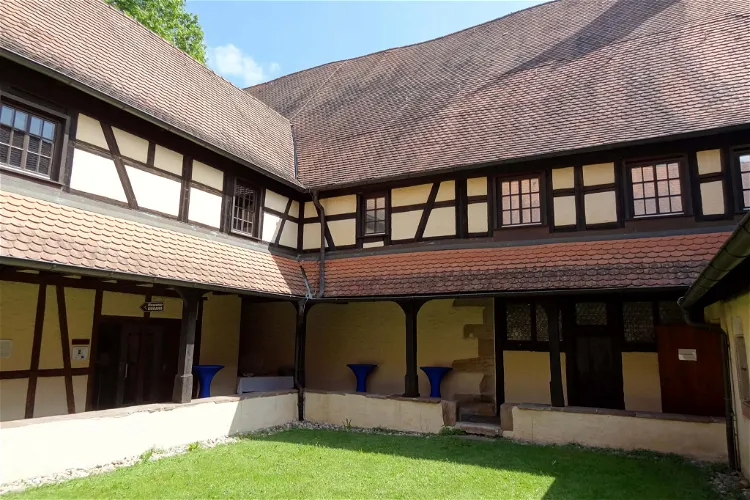
Black Forest Costume Museum
Haslach im KinzigtalThe Black Forest Costume Museum, also known as Schwarzwälder Trachtenmuseum, is situated in the building of the former Capuchin abbey in Haslach im Kinzigtal. This location is in the Ortenaukreis county, which is part of the Baden-Württemberg region in southern Germany. The museum is easily accessible and offers a unique insight into the history and culture of the region.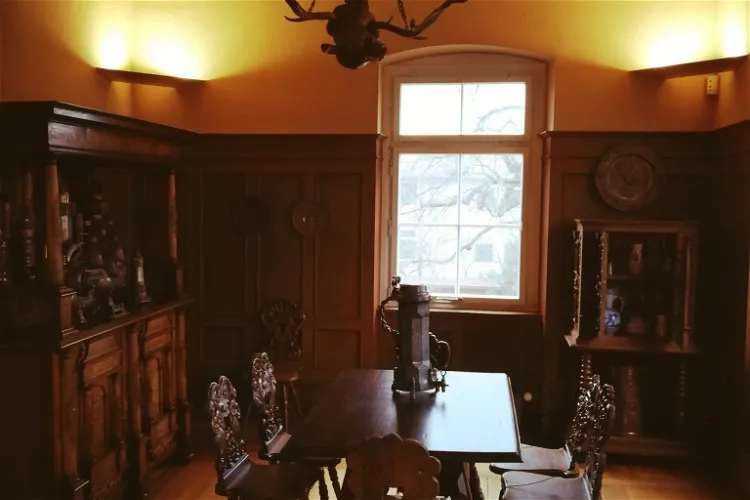
Weygang-Museum Öhringen
ÖhringenThe Weygang-Museum in Öhringen is a city history and folklore museum that houses one of the world's most extensive collections of pewter utensils. This collection was bequeathed to the city by the childless pewter caster and manufacturer August Weygang. The museum offers a unique opportunity to explore the rich history of pewter casting and its significance in the region's cultural heritage.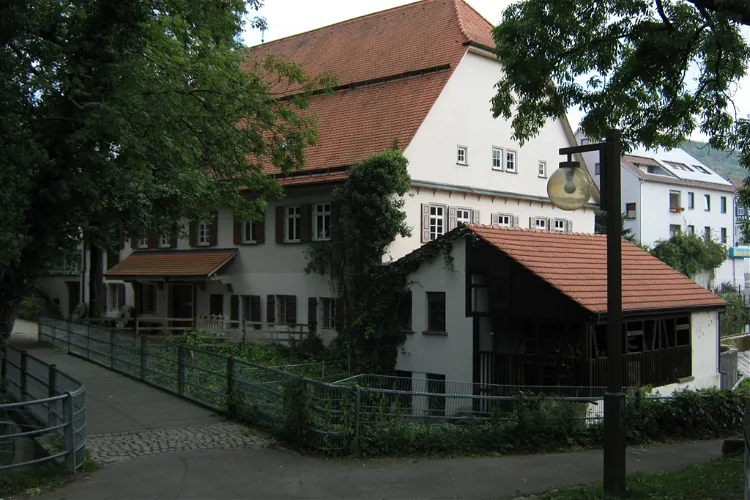
Baumannsche Mühle
PfullingenThe Baumannsche Mühle is a historical monument located in Pfullingen, in the Reutlingen district of Baden-Württemberg. This former grain mill, which sits on the Echaz, was constructed in 1799 and remained in active use until 1963. Interestingly, from 1941 onwards, it also functioned as a power plant.